A Chinese jade water pot, 17th-18th century, modelled in the shape of a large, curving, lotus leaf resting on leafy, curling stems of lingzhi fungi tied with a ribbon, morning glories, all worked in high relief and openwork design to create the base, the translucent stone bearing a pale celadon-green tone with grey inclusions, 9.5 cm long 青百玉雕秋荷灵芝鷺洗 For comparable examples see Hong Kong Museum of Art, Splendour of the Qing Dynasty, 1992, n. 239, p. 375 and Howard Hansford, Chinese Jade Carving, 1950, pl. XXXb, both dating to the Qianlong period; Jessica Rawson, Chinese jade from the Neolithic to the Qing, 1995, fig. 7 p. 389, dating to the Ming dynasty; Xue Binsheng, Zhongguo Yuqi Shangjian (The Appreciation and Verification of Chinese Jade), 2000, n. 684, p. 338.
A Chinese jade water pot, 17th-18th century, modelled in the shape of a large, curving, lotus leaf resting on leafy, curling stems of lingzhi fungi tied with a ribbon, morning glories, all worked in high relief and openwork design to create the base, the translucent stone bearing a pale celadon-green tone with grey inclusions, 9.5 cm long 青百玉雕秋荷灵芝鷺洗 For comparable examples see Hong Kong Museum of Art, Splendour of the Qing Dynasty, 1992, n. 239, p. 375 and Howard Hansford, Chinese Jade Carving, 1950, pl. XXXb, both dating to the Qianlong period; Jessica Rawson, Chinese jade from the Neolithic to the Qing, 1995, fig. 7 p. 389, dating to the Ming dynasty; Xue Binsheng, Zhongguo Yuqi Shangjian (The Appreciation and Verification of Chinese Jade), 2000, n. 684, p. 338.



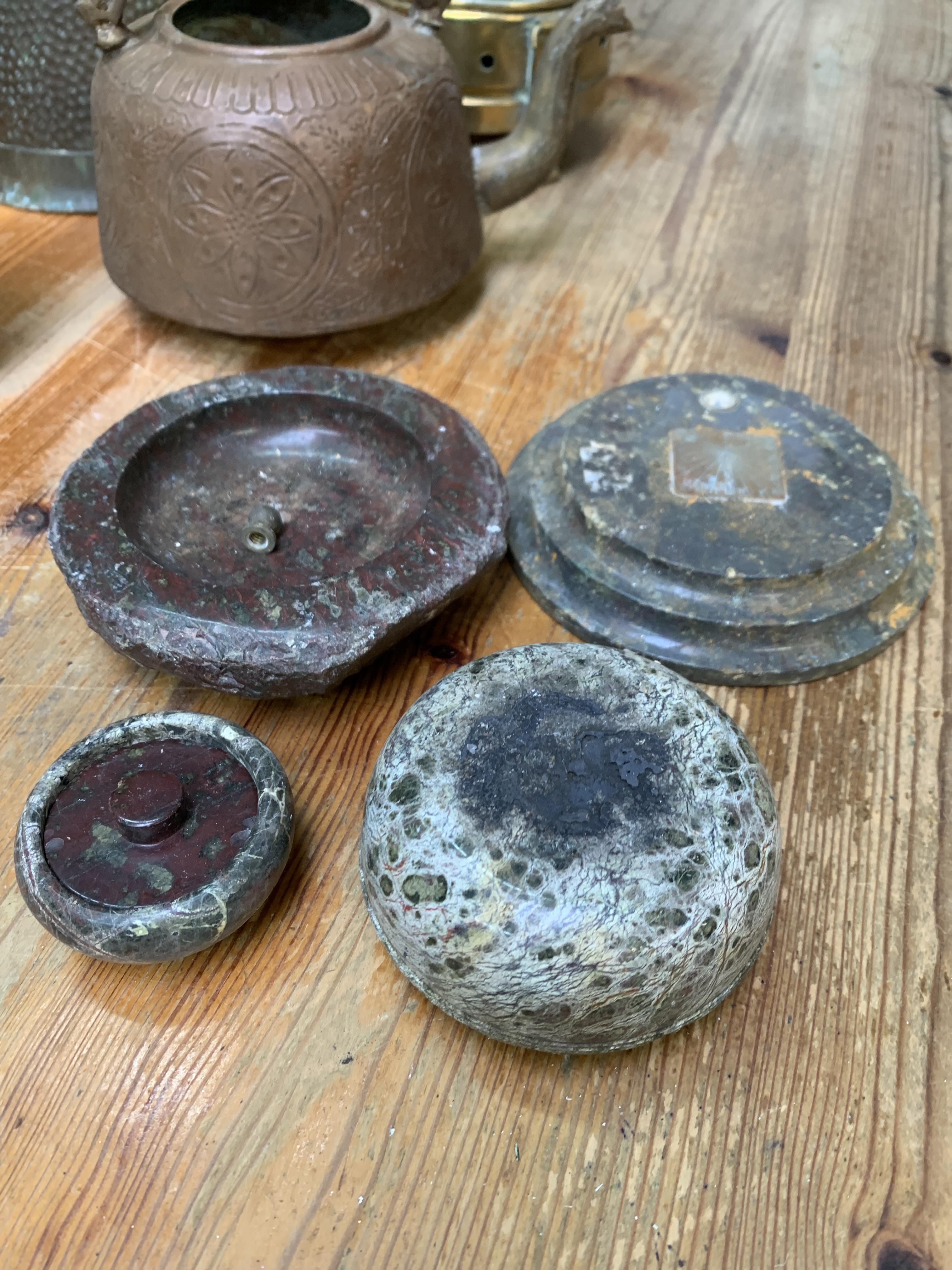


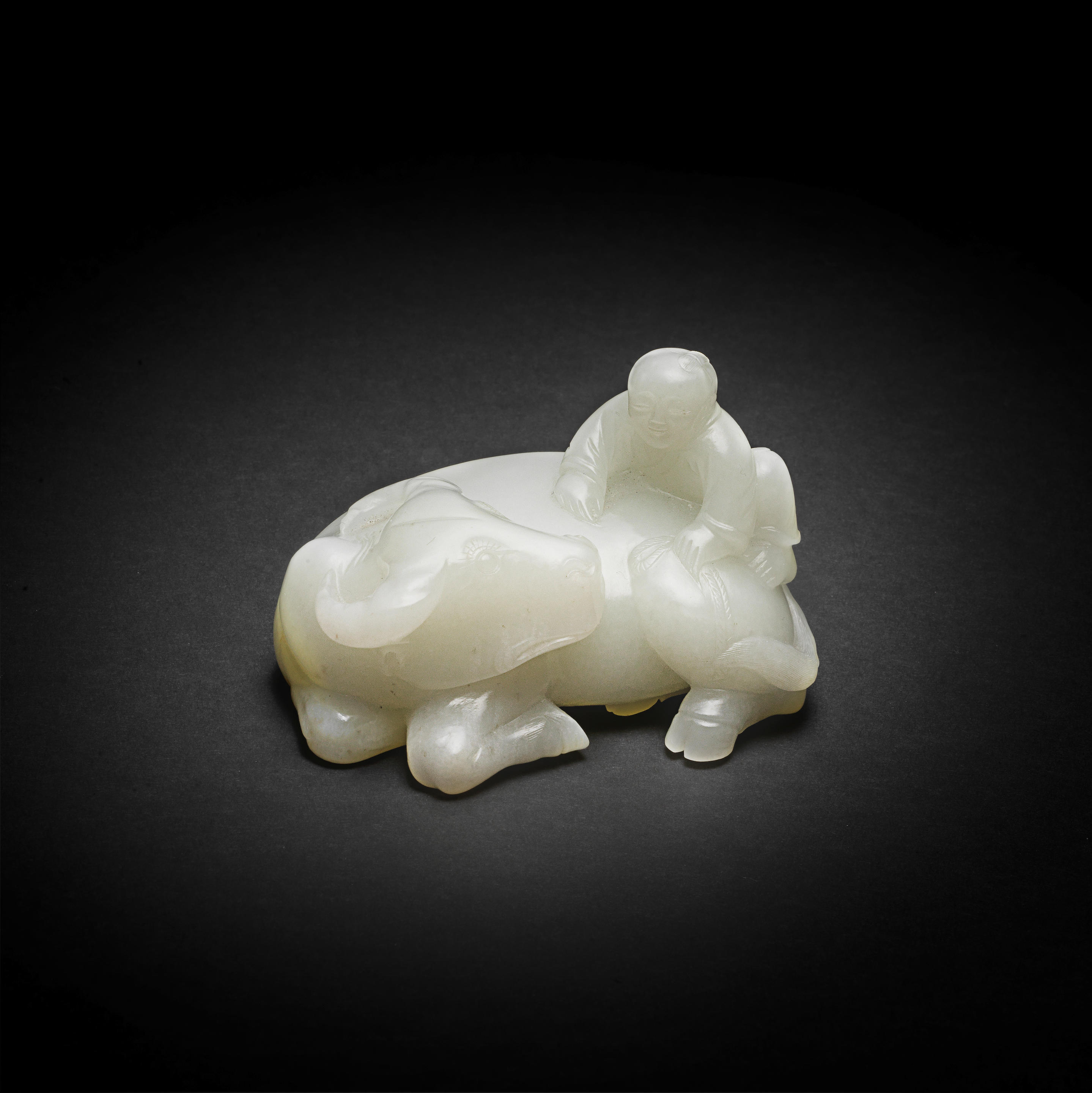
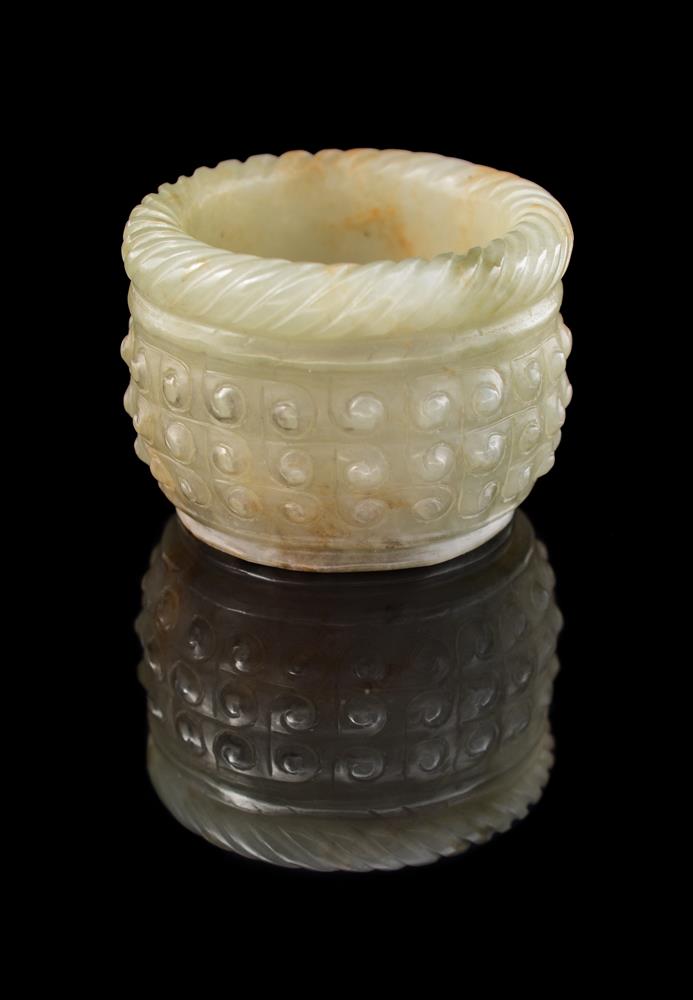

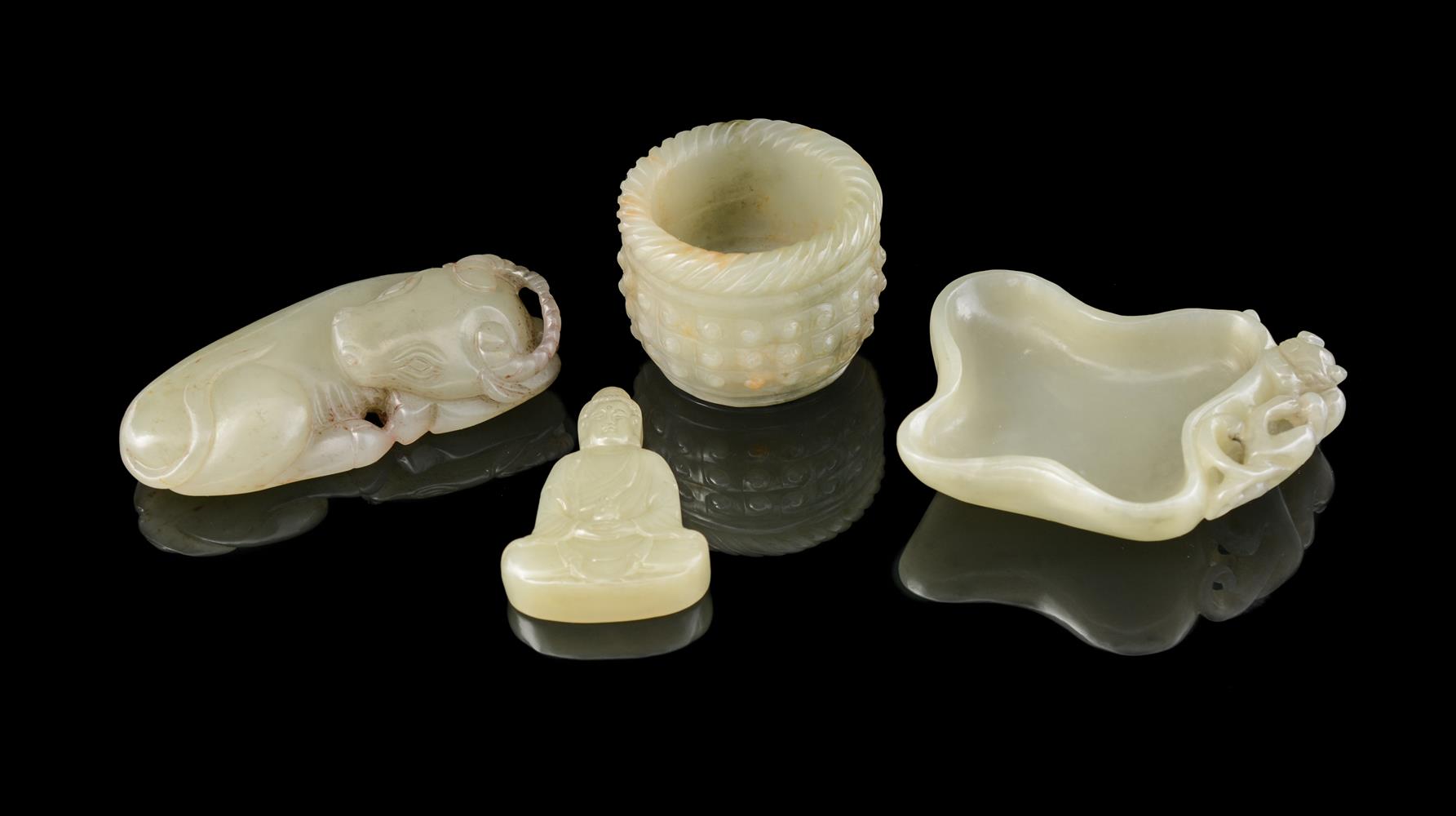

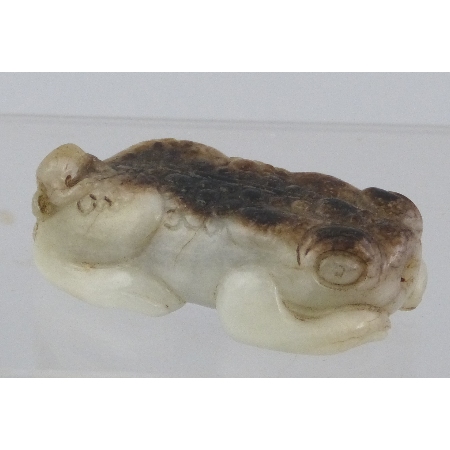
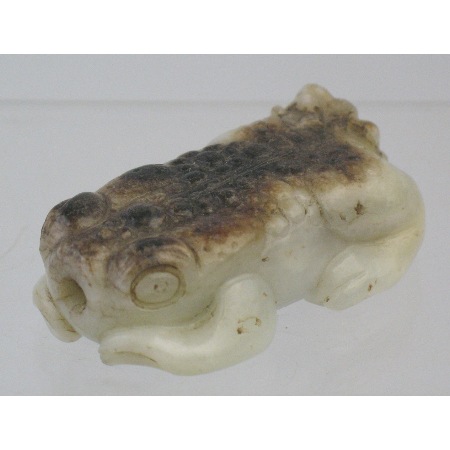

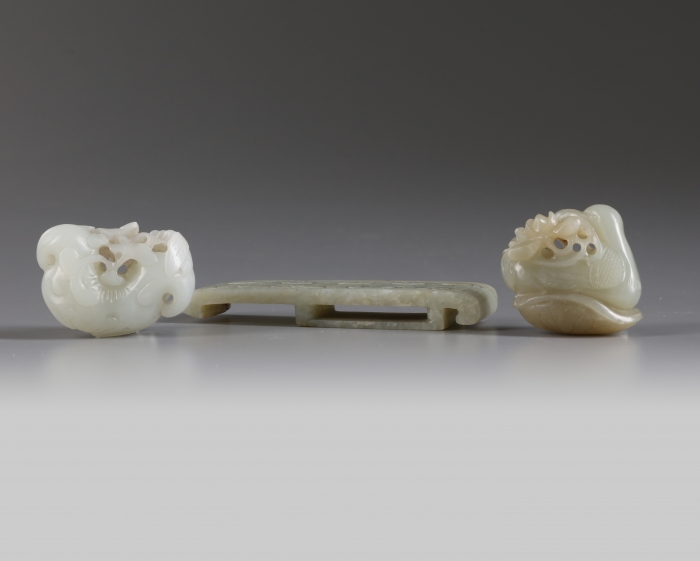
Testen Sie LotSearch und seine Premium-Features 7 Tage - ohne Kosten!
Lassen Sie sich automatisch über neue Objekte in kommenden Auktionen benachrichtigen.
Suchauftrag anlegen